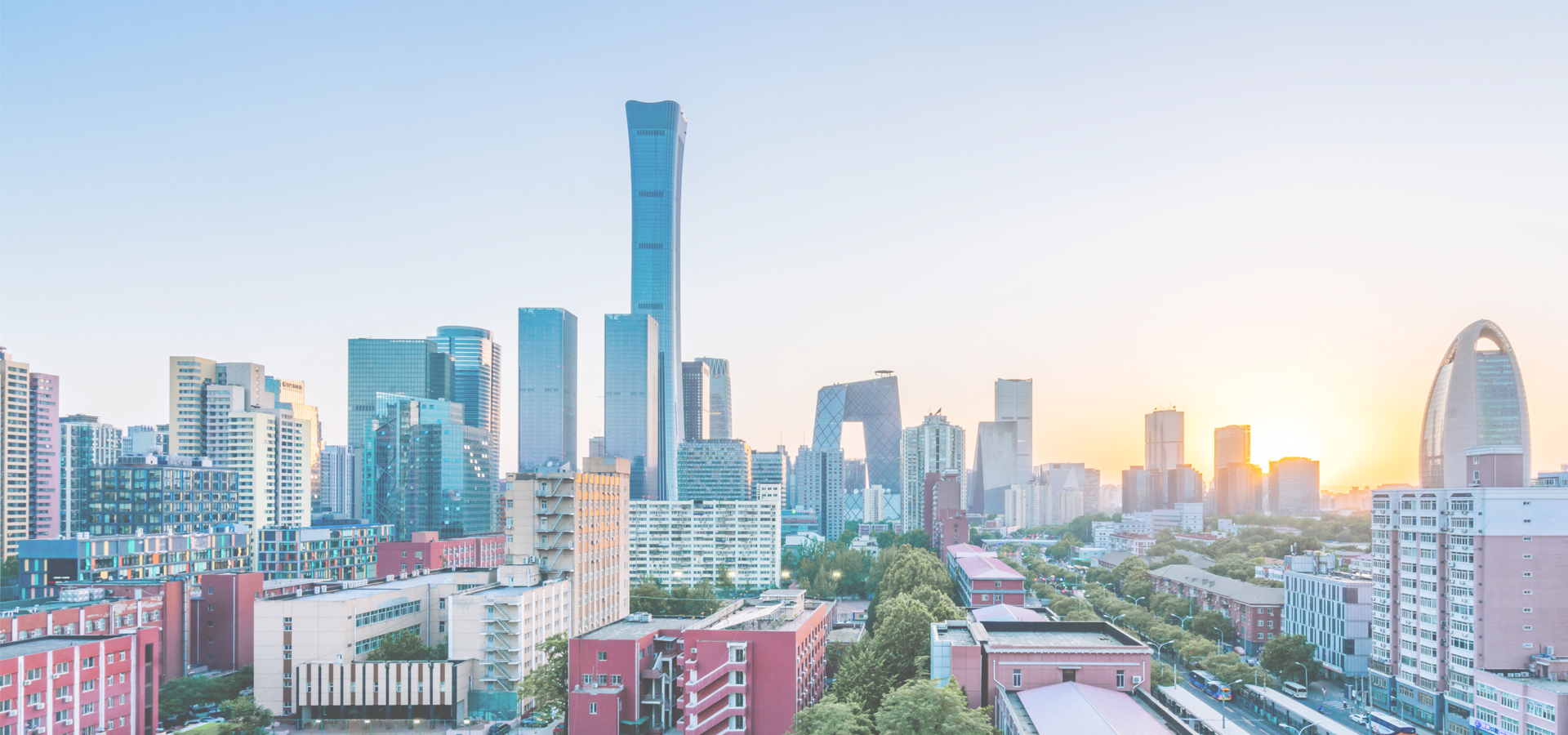Fangshan, Beijing Municipality, China
🇨🇳 Fangshan District (房山区) is situated in the south-west of Beijing, 38 km (24 mi) away from downtown Beijing. It has an area of 2,019 square km (780 sq mi). The district is divided into 8 subdistricts, 14 towns, and 6 townships.
The district administers 8 subdistricts (with 4 subdistricts under Yanshan "area"), 14 towns with 3 towns of which carry the "area" (地区) label, and 6 townships:
Other major urban areas are Liangxiang, Zhoukoudian, Doudian, and Liulihe.
Fangshan is situated to the east of the Taihang Mountains. The east and south of the district is a fertile plain, with a narrow hilly area running from north-east to southwest. The district has many rivers and lakes; the Juma River, Dashi River, Yongding River, and Xiaoqing River run through the district, assuring abundant water resources.
The location, climate and environment provide good conditions for agriculture. The district produces wheat, rice and various high quality fruits as well as large quantities of animal products. At the moment large investments are made for greenhouse production.
Transportation and telecommunication Jingguang railway and Jingyuan railway cross the district. In addition, the district is serviced by 4 branch railways and 24 railway stations. Jingshi Expressway also goes through the district. The four main roads are the Jing-Zhou, Jing-Bao, Jing-Yuan, Jing-Liang roads, with branch roads to townships and villages. The total length of roads is up to 1,800 km (1,100 mi). Tanggu Port is only 180 km (110 mi) distant. The programme-controlled telephone capacity supports 128,000 phone sets.
Metro Fangshan is currently served by two metro lines operated by Beijing Subway: • Fangshan line - Daotian, Changyang, Libafang, Guangyangcheng, Liangxiang University Town North, Liangxiang University Town, Liangxiang University Town West, Liangxiangnanguan, Suzhuang, Yancun East. • Yanfang line - Yancun East, Zicaowu, Yancun, Xingcheng, Dashihe East, Magezhuang, Raolefu, Fangshan Chengguan, Yanshan.
Suburban railway Fangshan is also served by one suburban railway line: • Sub-Central - Liangxiang.
Economy In 2017, the regional GDP of the district is 68.17 billion yuan, with GDP per capita at 59.1 thousand yuan.
Mineral resources Fangshan has 2.1 billion tons of coal reserves, which makes it a veritable “coal storehouse” in the west of Beijing; building materials resources are also present in a variety of large deposits. Marble deposits total 450 million cubic meters. A total of 17 kinds have been developed, including “Chinese white marble”, “pink”, “rosy cloud”, and “black jade”. In particular, “Chinese white marble” is famous world-wide and is regarded as a national treasure. There are also large deposits of quartzite (29 million tons); silica (28.6 million tons), granite and buhrstone, in addition to argil, mineral water and slab stones.
Industry and agriculture Both industry and agriculture are well developed in Fangshan. Over 2300 enterprises owned by the district, townships or villages have been set up and form a complete industrial system in a variety of trades, with different grades and many kinds of products. Yanshan Petrochemical Group, one of the largest state-owned enterprises in China, is located in Fangshan District. Agriculture has developed from traditional growing and planting to integrated and full development in forestry, livestock, greenhouse horticulture and fishery. The building industry has become the backbone of the district, with annual building area reaching 6 million square meters.
The foreign-oriented economy of Fangshan has developed rapidly in recent years. By 1999, the District government had approved 345 foreign-invested enterprises. Over 20 countries and territories throughout five continents are represented. There are 100 export-oriented enterprises producing over 40 kinds of product. Liangxiang Satellite Town, approved by Beijing Municipal Government, has become a new hub of development. In 1998, the site of Fangshan People's Government moved to Liangxiang, making it the district's centre of politics, economics and culture. The development Zone of Liangxiang extends favorable policies to business. Under the Ninth Five-Year Plan and Ten-year Outline, the zone will be further opened to the outside and encourage foreign investment in the following industries: electricity, machinery and electronics, instruments, textiles, printing, new building materials, new materials, new energy resources, fine chemicals, food processing, flowers, greenhouse vegetables, tourist facilities, commercial facilities and the animal industry. The zone welcomes overseas Chinese and guests from Hong Kong, Macau, Taiwan and other countries.
Education • Yanshan Practice Base of Beijing Institute of Petrochemical Technology.
Asia/Shanghai/Beijing_Shi

Fangshan has a population of over 814,367 people. Fangshan also forms part of the wider Beijing metropolitan area which has a population of over 21,640,000 people.
To set up a UBI Lab for Fangshan see: https://www.ubilabnetwork.org Twitter: https://twitter.com/UBILabNetwork
Twin Towns - Sister Cities Fangshan has links with:
🇨🇦 Brampton, Canada 🇰🇷 Gwangjin, South Korea